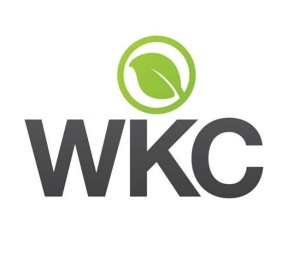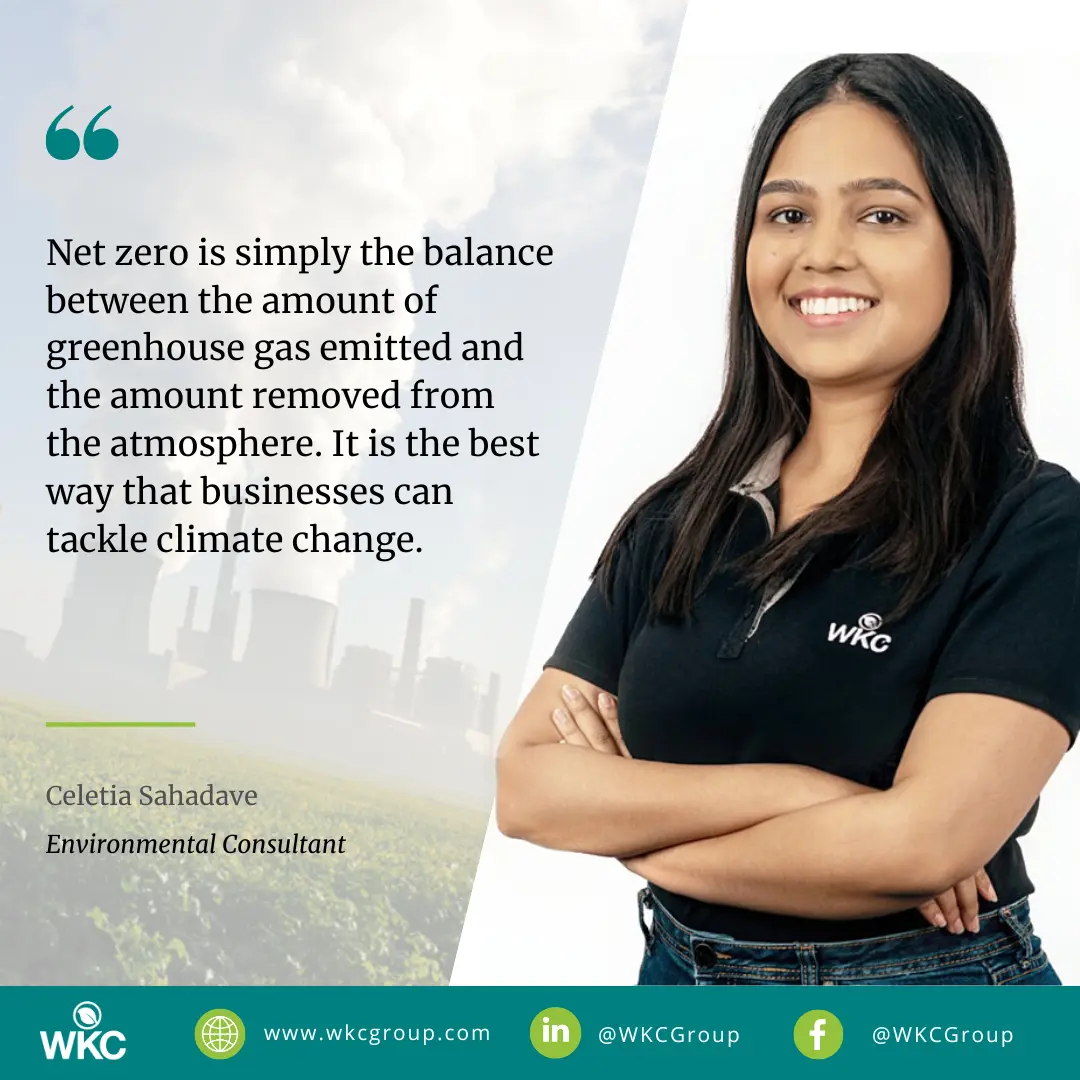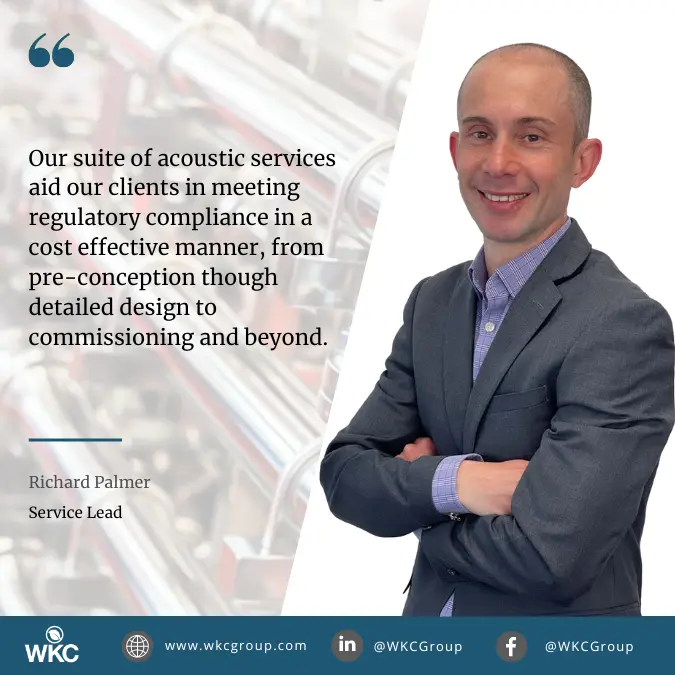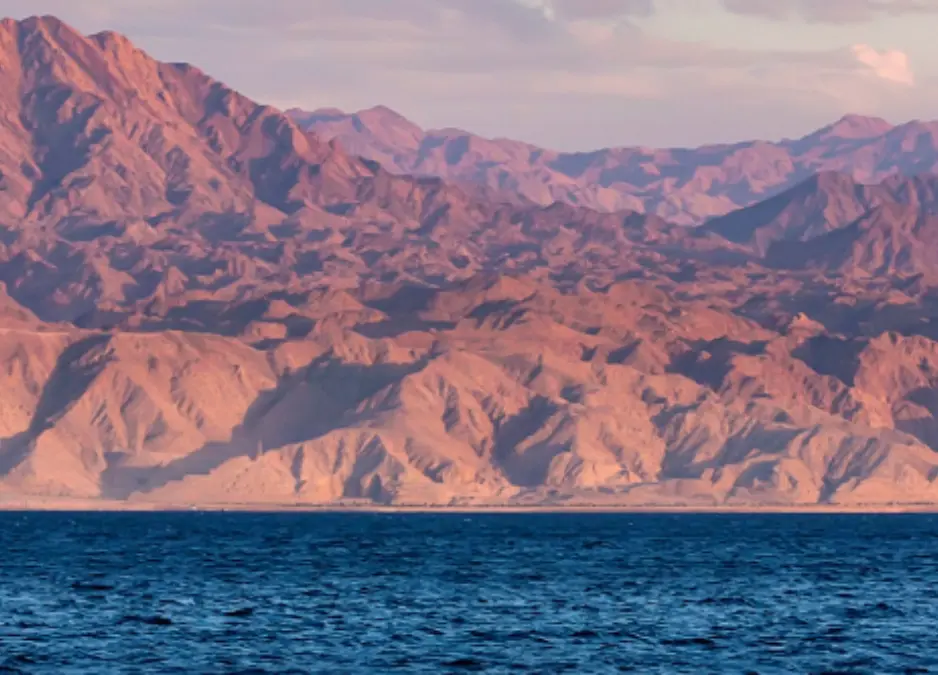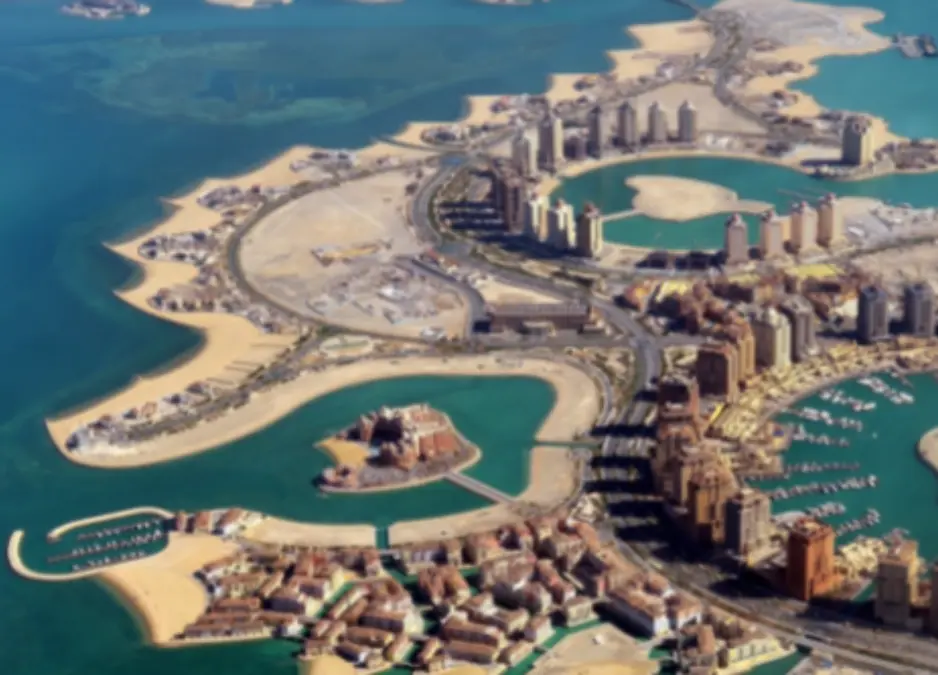Welcome to the fifth edition of WKC’s newsletter, where we share our latest news, environmental consulting sector updates and introduce you to our latest open source environmental engineering tools. Enjoy!
WKC News
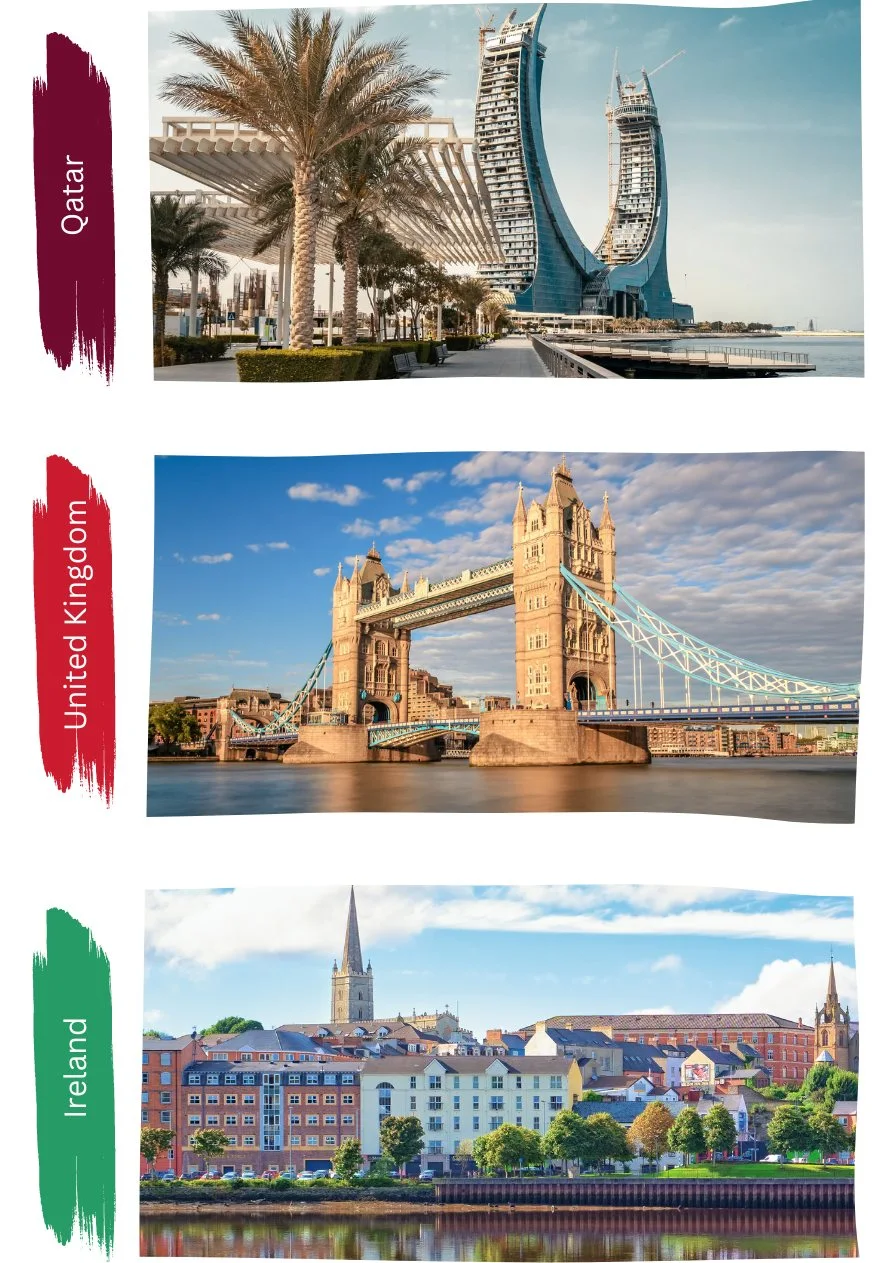
Featured Case Studies

We are excited to announce our involvement in two innovative energy projects that align with our commitment to advancing renewable energy solutions within the Kingdom of Saudi Arabia.
The first project involves the pre-development of multiple solar sites, equipped with advanced technology and solar panels that use bifacial half-cell technology to capture sunlight and generate electrical energy. The anticipated energy production capacity of these sites is significant (8.9GWp), and they will be interconnected to the local grid for distribution.
The second project is a hydro storage facility designed as a closed loop system (in excess of 2.1GWp) that utilizes desalinated water to generate electricity. This facility is designed to provide an ideal solution for peak energy demand periods and as support and backup to other planned renewable energy sources. It is expected to have much lower environmental impacts when compared to traditional hydropower schemes and will have a very low carbon footprint, as all pumping requirements will be met through renewable energy (wind and solar).

Featured Services
Take a closer look at our featured service pages!


Online Environmental Engineering Tools
We have continued to expand our freely available engineering and permitting tools. We’ve also added, where possible, imperial units to existing tools since many of our users are based in the United States.
Our newly added tools are shown below, and you can find all of them on our website here.
Articles
We enjoy exchanging and sharing knowledge with our clients and colleagues globally about the experiences that we have accumulated and interesting work that we do.
Driving Sustainable Energy: WKC at ADNOC’s Roadshow 2023
WKC Group was in attendance at the ADNOC Onshore Sustainability Roadshow held in Abu Dhabi. The central idea of the event was to achieve “maximum energy with minimum emissions.”

